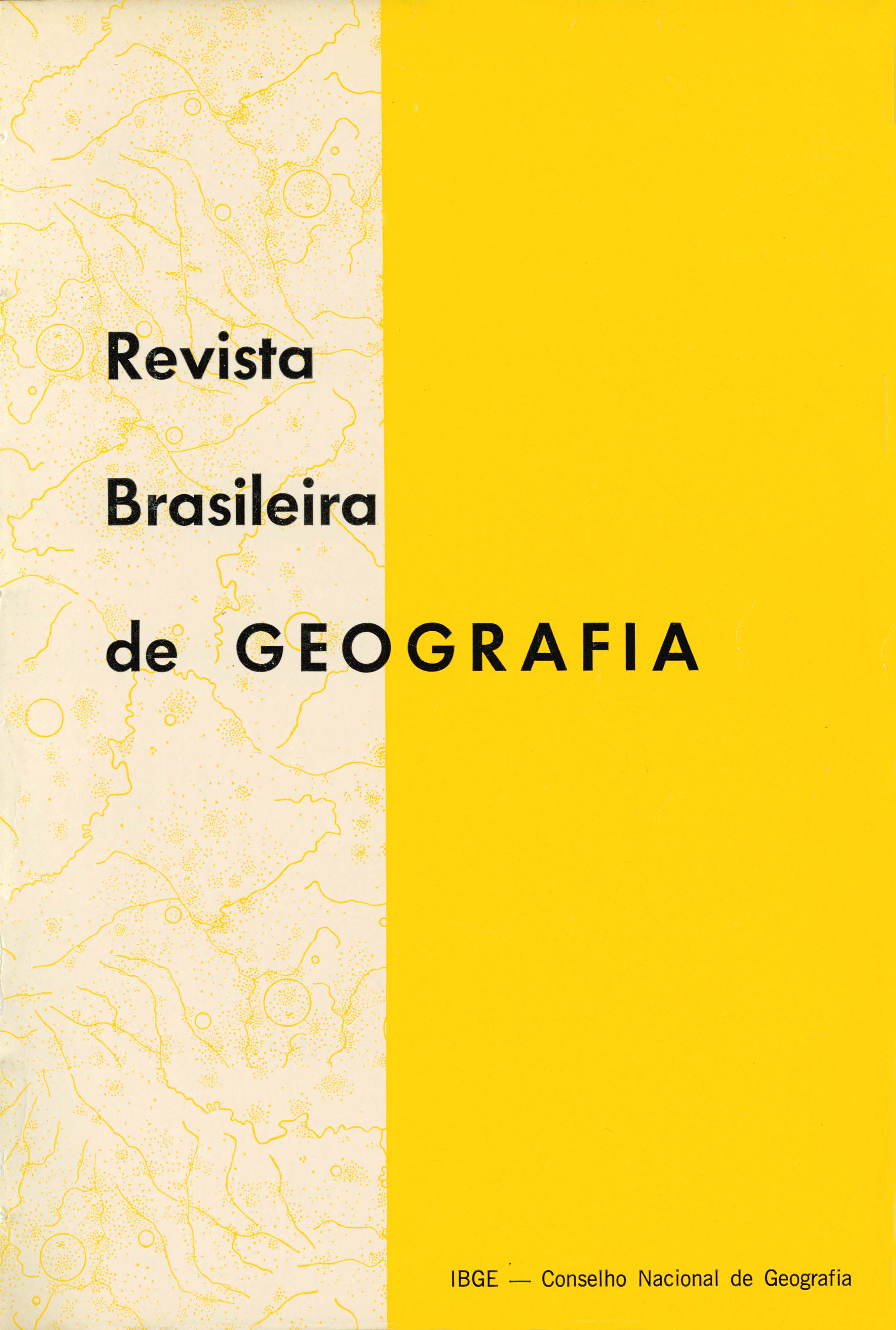Proposição metodológica para análise dos diferenciais entre migrantes e nativos nas áreas metropolitanas do Sudeste
Palavras-chave:
Brasil, Sudeste, Geografia da população, Regiões metropolitanas, Migração, UrbanizaçãoResumo
The present paper represents a methodological proposition to analyze the differentials among the migrants and natives of the Metropolitan Areas of Belo Horizonte, Rio de Janeiro and São Paulo. The research pretends to furnish subsidies to the treatment of the migratory problem in the Southeast, as a contribution to a systematic study of the phenomenon on a metropolitan level. In this sense the basic preoccupation lies in considering the internal migrations as strictly related to the global process for brazilian development.
The increase of the regional, rural and urban imbalances provoked by the changes occurred in the economic structure of the .country, as a result of the industrialization process or the incapability of the primary sector in absorbing its rural population, may be considered as a principal stimulus to the emergency of the migratory streams.
Regarding the migrant population, it is supposed to be quite heterogeneous in its socioeconomic characteristics, since the migrants are originated from very different social classes. This is why the assumed importance of the social level of the migrant acts as a main factor in its adjustment to the areas of destination. As the theoretical postulate refers to the place of origin of the migrant population, we believe that the migrants are represented in its majority, by persons that came from urban centers and the migratory process characteristic is that of step-migration type, being the migration to the Metropolitan Areas considered the final stage of the process.
From the point of view theoretical normative this methodology has established two dimensions of analysis: the general related to the metropolitan stress an its major significance in the differentials analysis, and the specific one, that has in mind to define the situation presented by the migrants of the area in question, through the comparison of some of their demographic, social and economic characteristics interrelated with the native population.
About the general dimension we search the characterization of the metropolitan conjunct, considered operational tables of analysis, according to the urbanization levels of development and integration, based on the volume and destination of the migratory fluxes, even when the great differentials among the migrants and the natives keeps important relations with the socioeconomic characteristics of the metropolitan areas. To calculate the urbanization level it will be necessary to use another measures like: the ARRIAGA Index that considers not only the proportion of the urban population but also its average dimension. To measure the development level we propose the use of a Potential Global Index estimated by the model MODE, and based on the potential concept of one point. To evaluate the integration level, an analysis was proposed of pendulum migration developed in each metropolitan complex.
The specific dimension aims as much at the establishment of differentials at the intra-metropolitan level (nucleus and periphery) as at the inter-metropolitan level, searching for the answer to the following basic questions:
- Till what point we can accept the existence of the differentials between the two categories:
Migrant and Native?
- After proving the occurrence of these differentials what would be its magnitude?
- What are the most accentuated characteristics, to be analyzed, of the differentials?
- In what area of the analyzed social-economic context are the differentials accentuated?
Therefore they were selected as intervening variables the ones related to the distribution by age, sex and time of permanence in the area of destination, and it must be used as analysis techniques the OTTIS D. DUNCAN, and SEWKY-WILLIAMS-BELL, as the Method of Indexes of Expected Cases.






